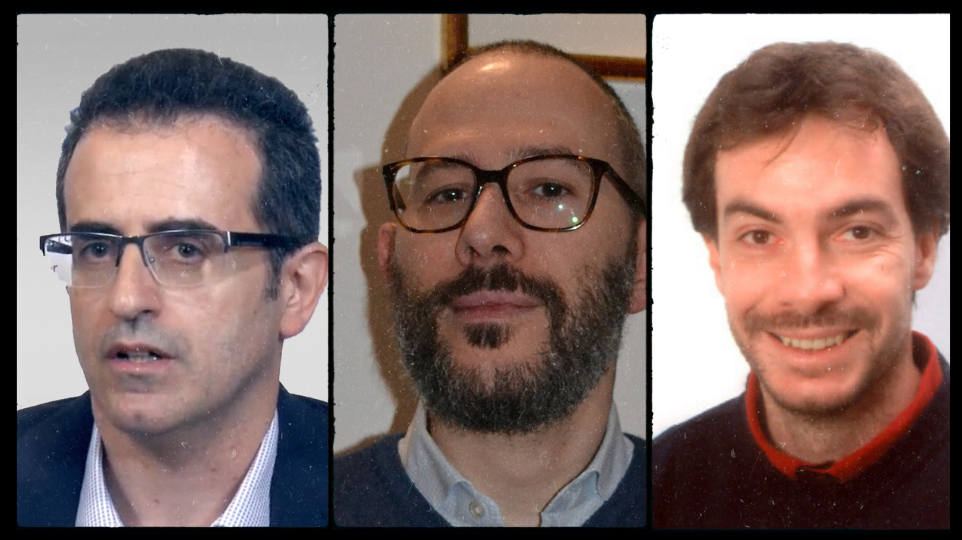Research team seeks to understand if SETBP1 gene correction at different stages of life can positively impact those living with SETBP1 related disorders
Research team seeks to understand if SETBP1 gene correction at different stages of life can positively impact those living with SETBP1 related disorders
Austin, TX — May 6, 2021 — SETBP1 disorder is the result of a variation or a microdeletion in chromosome 18, exclusively impacting one copy of the SETBP1 gene and resulting in the body producing too little SETBP1 protein to function normally. SETBP1 disorder is a neurodevelopmental disorder causing a range of symptoms including speech delay, autistic traits/autism, low IQ to severe intellectual disability, ADHD, developmental delay and seizures.
As recipients of the 2020 Million Dollar Bike Ride (MDBR) SETBP1 disorder grant, given by the University of Pennsylvania Orphan Disease Center (ODC), Rocco Piazza and Luca Mologni of the University of Milano-Bicocca and Alessandro Sessa of the San Raffaele Scientific Institute in Milan, Italy will work to better understand if SETBP1 loss-of-function mutations are detrimental during early brain development. Seeking to understand that if there is a correction in the SETBP1 levels, would the effort be sufficient enough to revert the symptoms associated with SETBP1 disorder? The SETBP1Strong MDBR team and SETBP1 Society are pleased to see their funds are supporting this ground-breaking research. “We could not be happier with supporting Dr. Piazza’s research team in the development of a SETBP1 reversible mouse model! We will not know whether targeting the SETBP1 gene directly will work as an effective treatment target for individuals with SETBP1 disorder until Dr. Piazza’s team addresses these questions.” shared Haley Oyler, President of SETBP1 Society.
Dr. Piazza and his team are familiar with the exploration of SETBP1 mutations as his studies stretch back to 2012. “We started our journey by studying the mechanisms responsible for the onset of myeloid leukemias but, as unpredictable as science often is, it brought us in the uncharted area of SETBP1 mediated disorders,” said Dr. Piazza. It was these early efforts and exposure to the gene that continues to fuel the team’s interest in learning more about SETBP1. They will use a reversible knockout mouse model to modulate the expression of SETBP1, paying close attention to the effectiveness of the restoration of SETBP1 levels at well-defined time-points. From conception to birth and throughout life, there is differentiation in SETBP1 expression levels in various body tissues, including the brain, in which the impact is not well-characterized or understood. “We’d like to understand if we were able to knockout the gene and then reactivate it, at a certain point in life, would we then decrease the severity of the symptoms that come with the disease,” stated Alessandro Sessa.
“Dr Piazza, Dr Sessa, and Dr Mologni’s research is cultivated with the patient in the forefront. Their aim is to understand if reversing SETBP1 mutations through gene editing will diminish or eliminate ID, ASD, or speech symptoms and is a crucial step on our united path to identify a treatment,” said Haley Oyler.
About SETBP Society: SETBP1 Society is an internationally focused volunteer 501(c)(3) organization based in the US with a mission to provide support to individuals with SETBP1 disorder and their families, to promote discussion and fund research, and to bring awareness and education to the public.
For more information, press only:
Kelsey Bennett
402-619-8695
info@setbp1.org
For more information about the SETBP1 Society: https://www.setbp1.org
For more information about Dr. Piazza:
http://www.dimet.org/team-view/rocco-giovanni-piazza/
For more information about Dr. Sessa:
https://research.hsr.it/en/divisions/neuroscience/stem-cells-and-neurogenesis/alessandro-sessa.html

